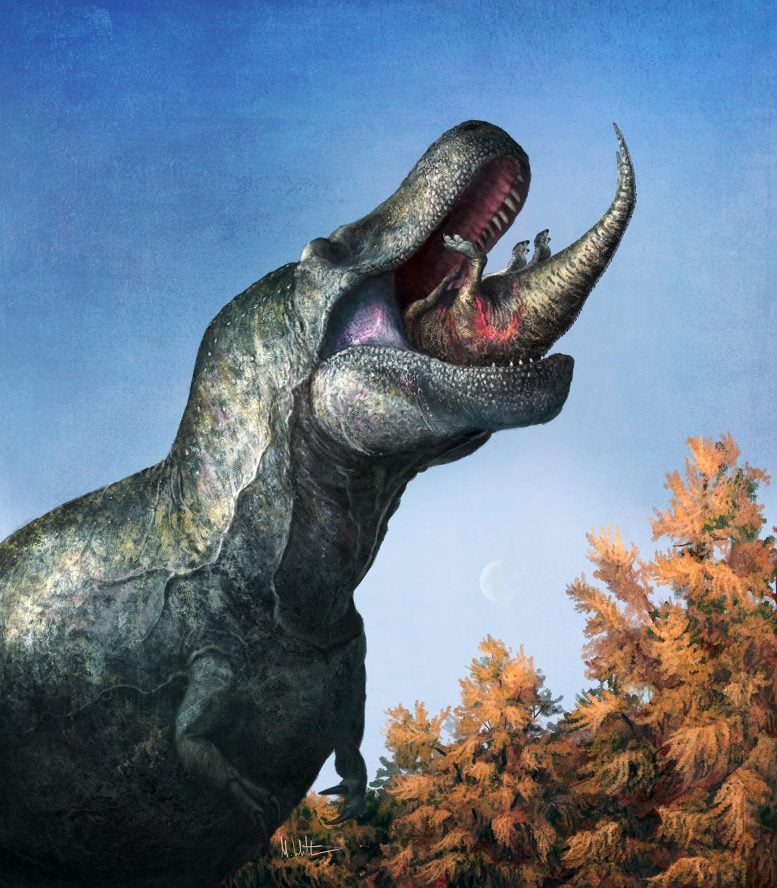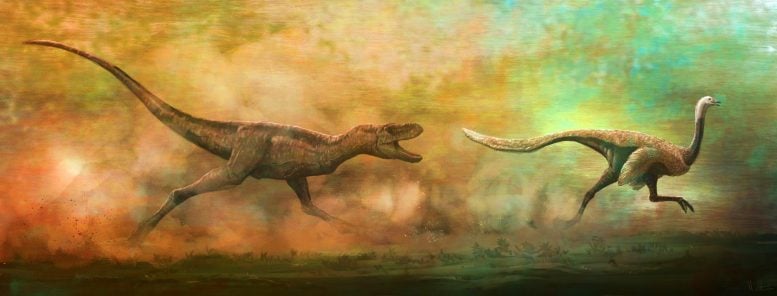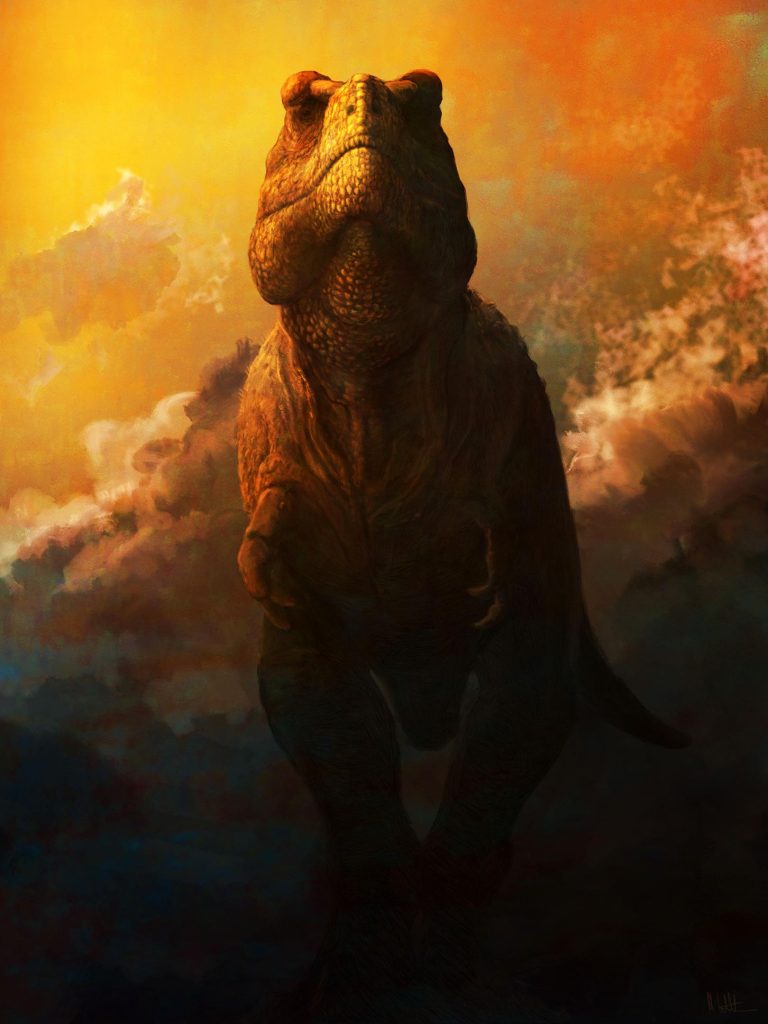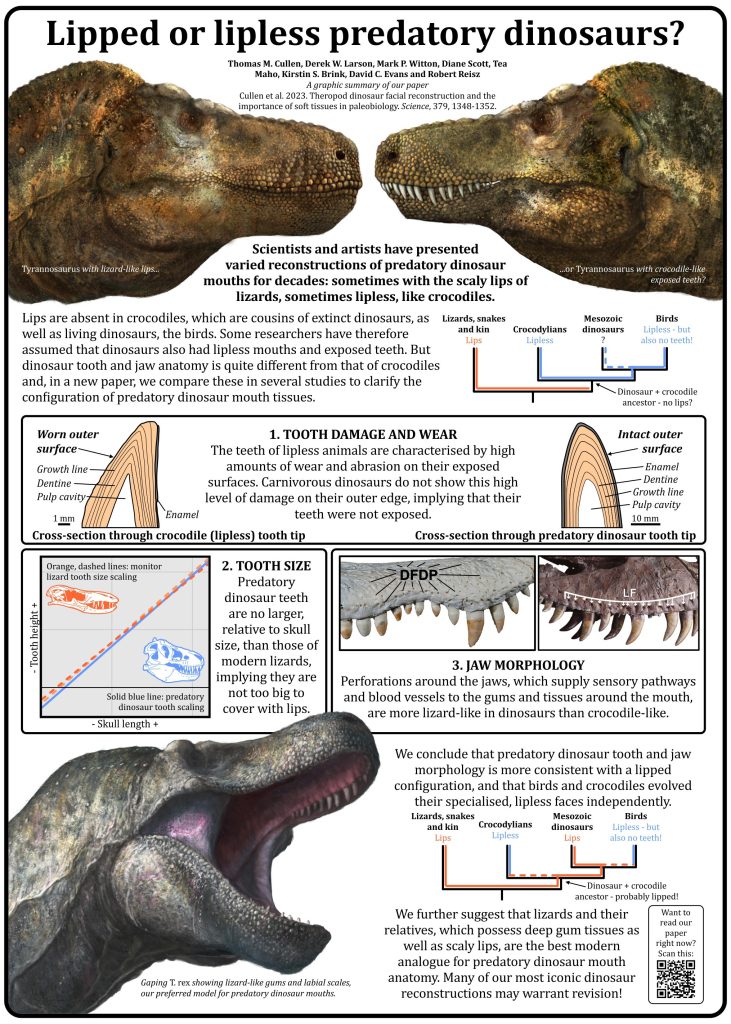
A new study challenges the long-held belief that large theropod dinosaurs, including Tyrannosaurus rex, had exposed teeth when their mouths were closed. Instead, the research suggests their teeth were covered by thin, scaly lips, similar to modern Komodo dragons. The findings could impact our understanding of dinosaur dental anatomy, feeding ecology, biomechanics, and their portrayal in scientific and popular culture.
Contrary to more than a century of scientific and popular depictions, the large teeth of Tyrannosaurus rex and other toothy theropod dinosaurs were likely completely covered by thin, scaly “lips” when the mouth was closed. This is according to a new study published today (March 30) in the journal Science. The findings shift perceptions about the appearance and oral anatomy of such iconic prehistoric predators.
Nonavian theropod dinosaurs are renowned for their large, dagger-like teeth. As a result, scientific and popular reconstructions of these dinosaurs have often featured these teeth as exposed – prominently protruding outside their closed mouths like crocodiles – rather than covered by soft facial tissues of the mouth as they are in most other terrestrial reptiles, like modern Komodo dragons.

However, theropod teeth are known to have relatively thin enamel. Since large theropod species likely retained their sharp and serrated teeth over long periods of time, it’s thought that constant exposure would likely lead to damaging tooth desiccation and wear. Whether these ancient apex predators’ teeth were permanently exposed, as is often depicted, or covered by lip-like labial scales like a Komodo dragon, remains uncertain.
To test alternate hypotheses of theropod facial reconstructions, Thomas Cullen and colleagues evaluated the relationship between skull length and tooth size for a range of theropod dinosaurs and living and extinct toothed reptiles. They performed a comparative histological analysis of tooth wear patterns for tyrannosaurid and crocodilian teeth.

According to Cullen et al., in contrast to their closest toothed crocodilian relatives, theropod teeth lacked any evidence of outer surface wear, indicating the existence of extraoral tissues and oral secretions needed to keep them hydrated and protected from exposure. What’s more, the authors found that, even though the skulls and teeth of some theropods were far larger than extant reptiles, the tooth-skull size relationship in theropods closely aligned with that of living reptiles, particularly monitor lizards, who do not have exposed teeth.
These findings suggest that theropod teeth were not too big to fit in their mouth without having to be exposed. Cullen et al. argue that the data suggests that all theropod dinosaurs had teeth completely covered by labial scales when the mouth was closed – findings that could have implications on our understanding of dinosaur dental anatomy, feeding ecology, and biomechanics, as well as on the portrayal of dinosaurs in science and popular culture.

Reference: “Theropod dinosaur facial reconstruction and the importance of soft tissues in paleobiology” by Thomas M. Cullen, Derek W. Larson, Mark P. Witton, Diane Scott, Tea Maho, Kirstin S. Brink, David C. Evans and Robert Reisz, 30 March 2023, Science.
DOI: 10.1126/science.abo7877
Never miss a breakthrough: Join the SciTechDaily newsletter.
1 Comment
So does this mean that dinosaurs were good kissers?